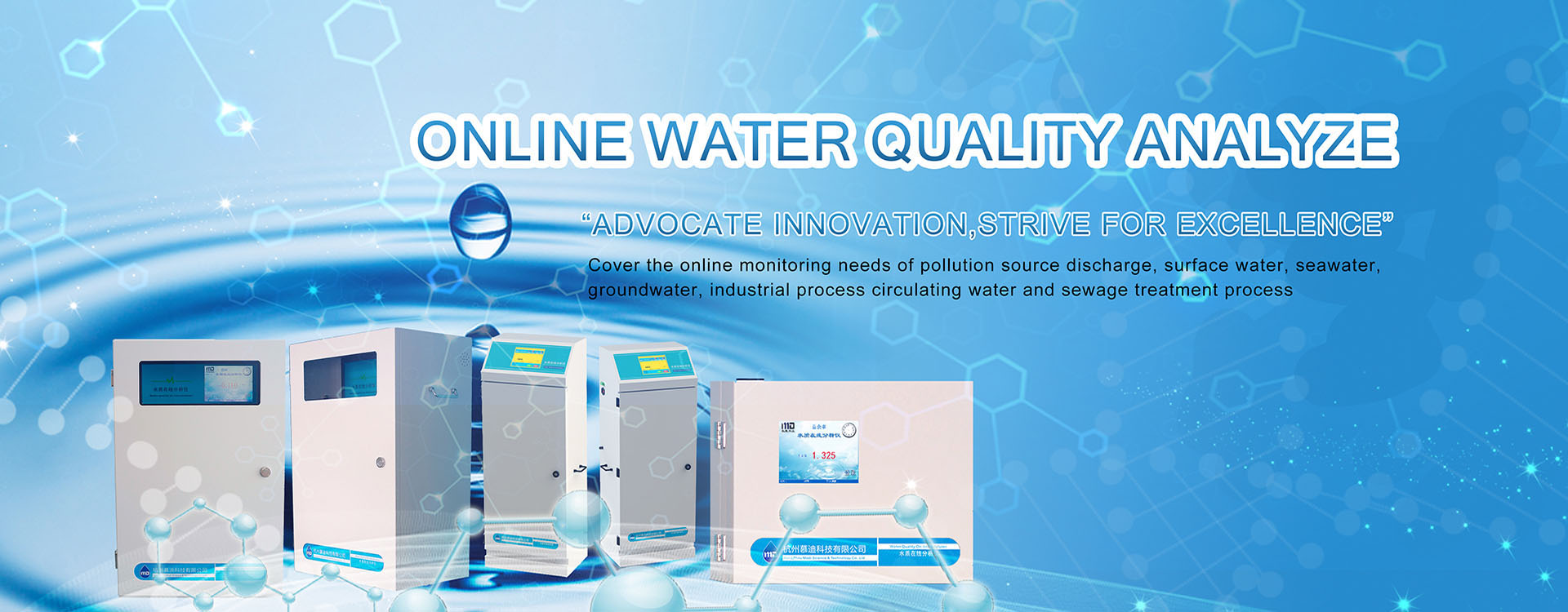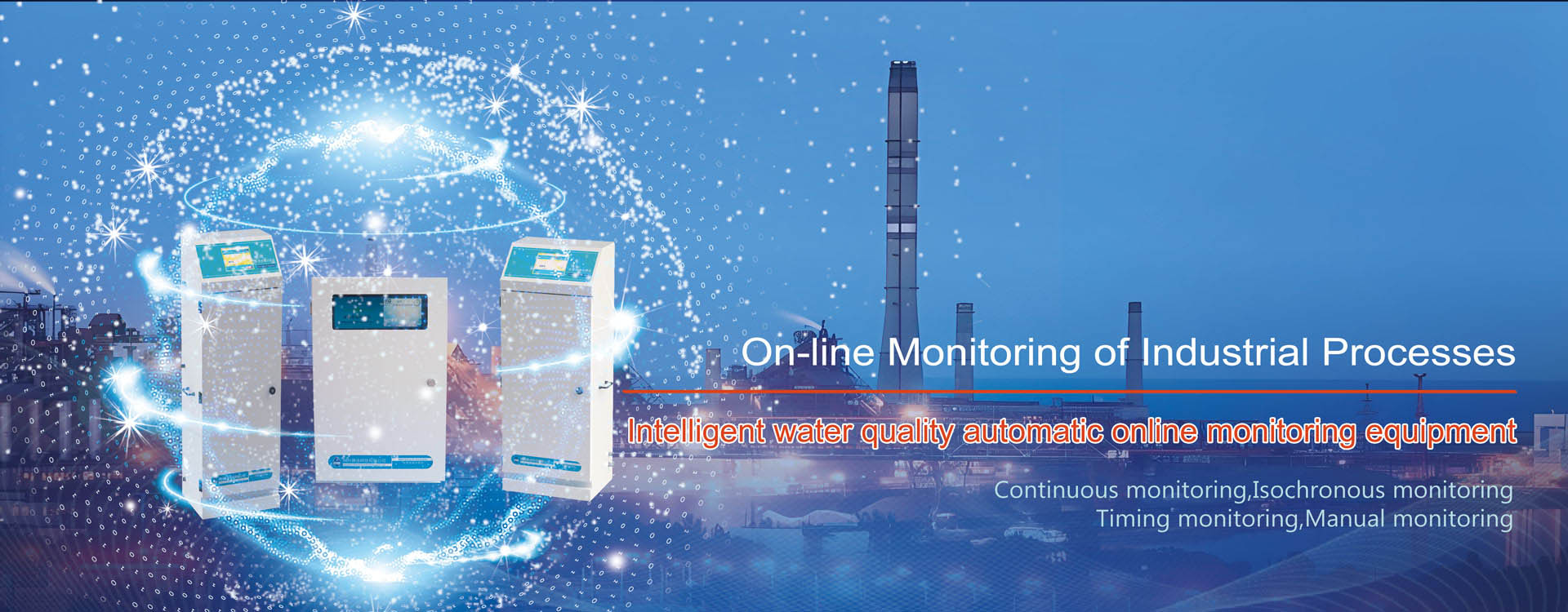Escherichia coli is mainly found in the intestines of humans and animals, and can maintain the stability of the human internal environment under normal existence. But if it overproduces, it can lead to some inflammatory and infectious diseases. So when you know the harm of E. coli in water, you have to monitor its water quality.
What are the Dangers of E. coli in Water?
· Urinary tract infection, such as urethritis, cystitis, pyelonephritis;
· In infants, the elderly, the frail, and patients with large area burns, E. coli can invade the bloodstream and cause sepsis;
· Premature infants, especially newborns within 30 days of birth, are prone to E. coli meningitis;
· Acute diarrhea.
coli mainly affects the gastrointestinal tract in adults. It causes watery diarrhea, or in more severe cases bloody diarrhea, leading to other complications such as kidney failure. Symptoms of E. coli infection include: abdominal pain, nausea or vomiting, diarrhea, fever, abdominal cramps, etc.
After the occurrence of the above symptoms, you must not diagnose yourself, delay the condition, and go to the relevant hospital for formal diagnosis and treatment in time is the correct approach.
To prevent E. coli, it is necessary to carry out deep and effective sterilization of drinking water, of which ultraviolet light is an effective method, such as UVC LED bactericidal faucet can kill 99.99% of E. coli and completely isolate bacteria.
So How Do We Monitor It?
The enzyme substrate method used in the WECT-900 Escherichia coli online analyzer, the principle that the enzyme and the light signal after the reaction of the bacterial culture are proportional to the change, reflecting the total amount of bacteria or coliform bacteria in the sample. The working principle is that E. coli test technology is a biosensing technology based on E. coli detection system, which provides an effective means to deal with water supply contamination detection. The number of E. coli in water samples can be expressed by comparing the degree of light intensity weakening of the solution with that of a non-toxic control blank experiment.




